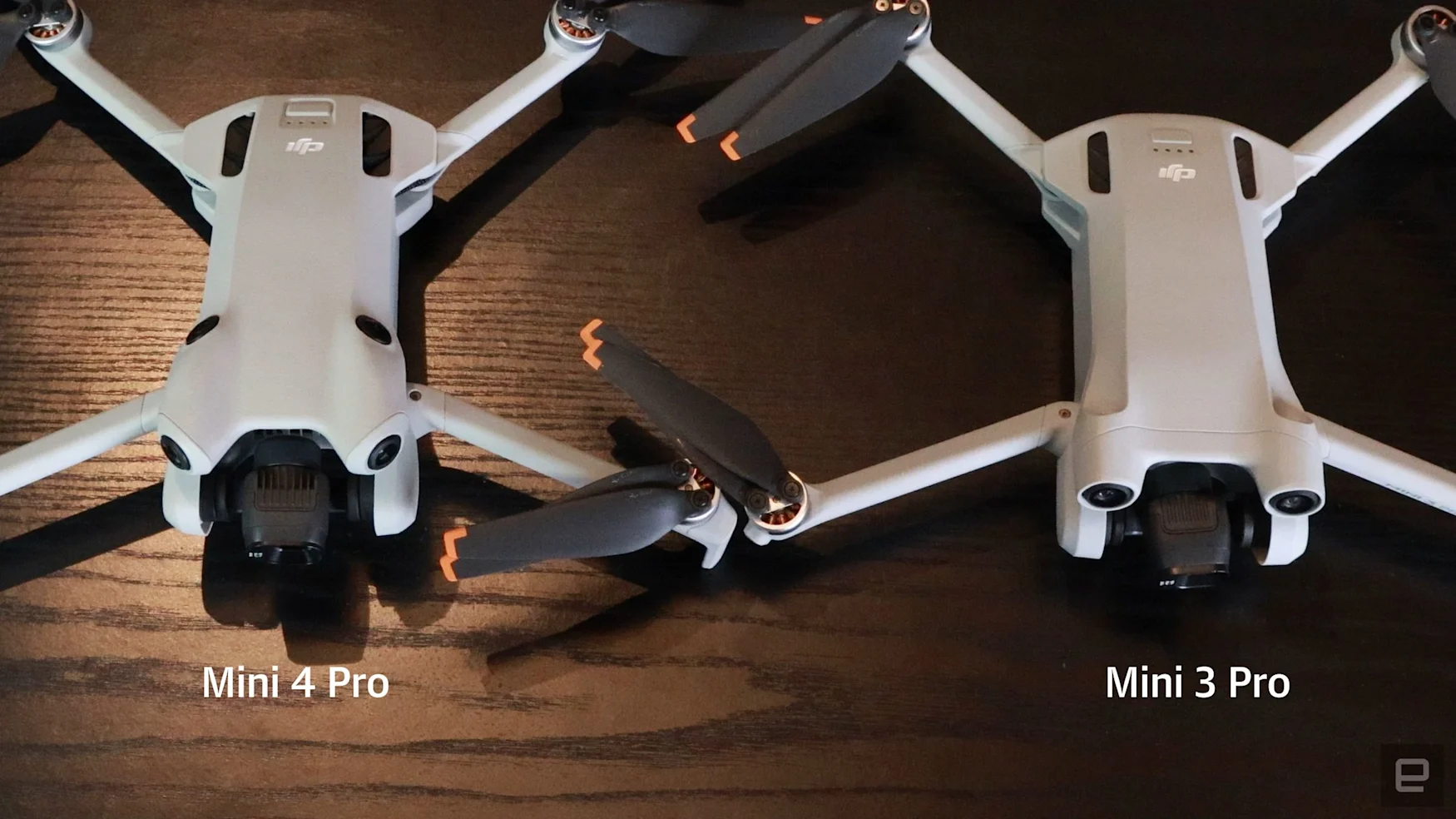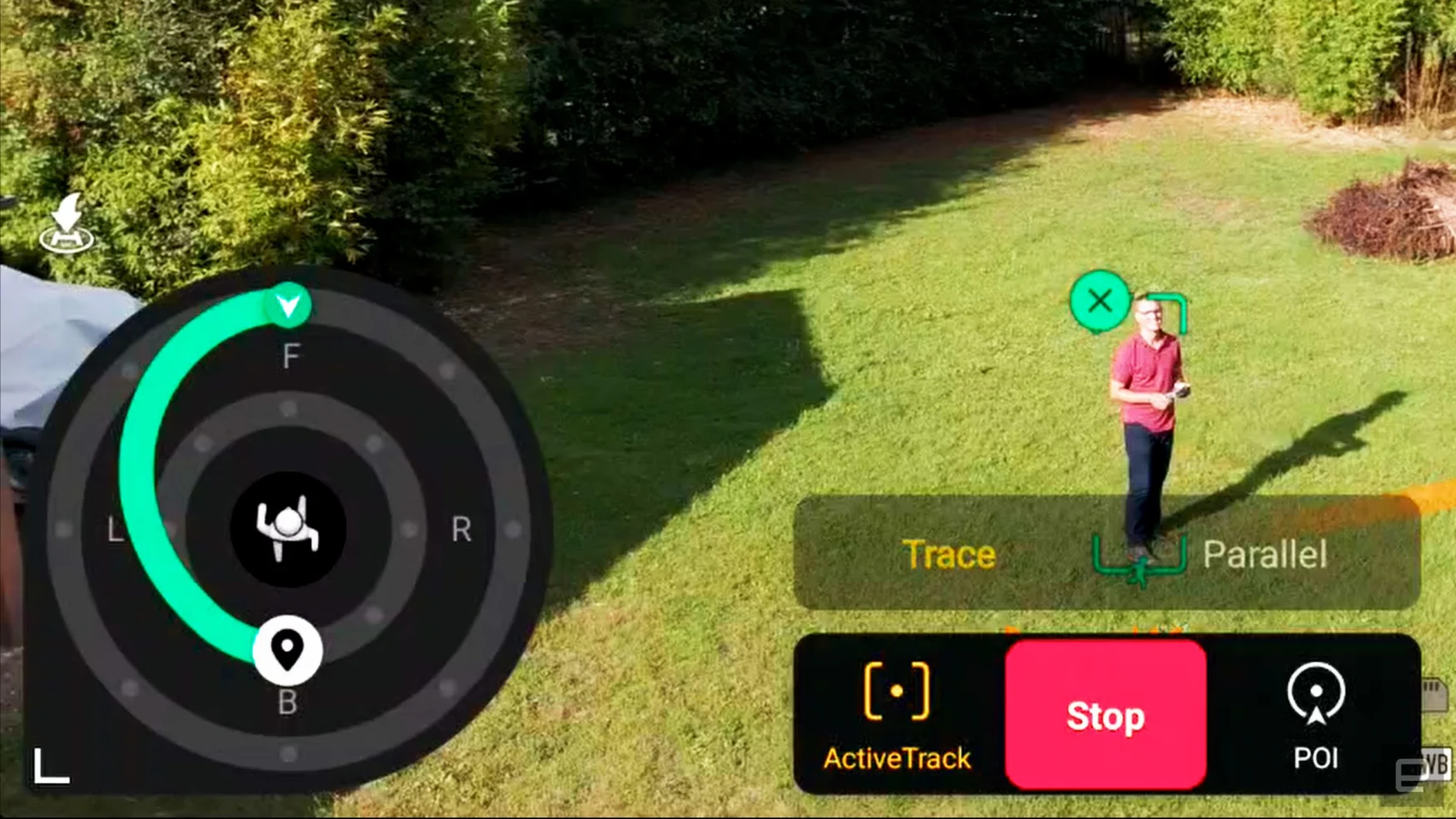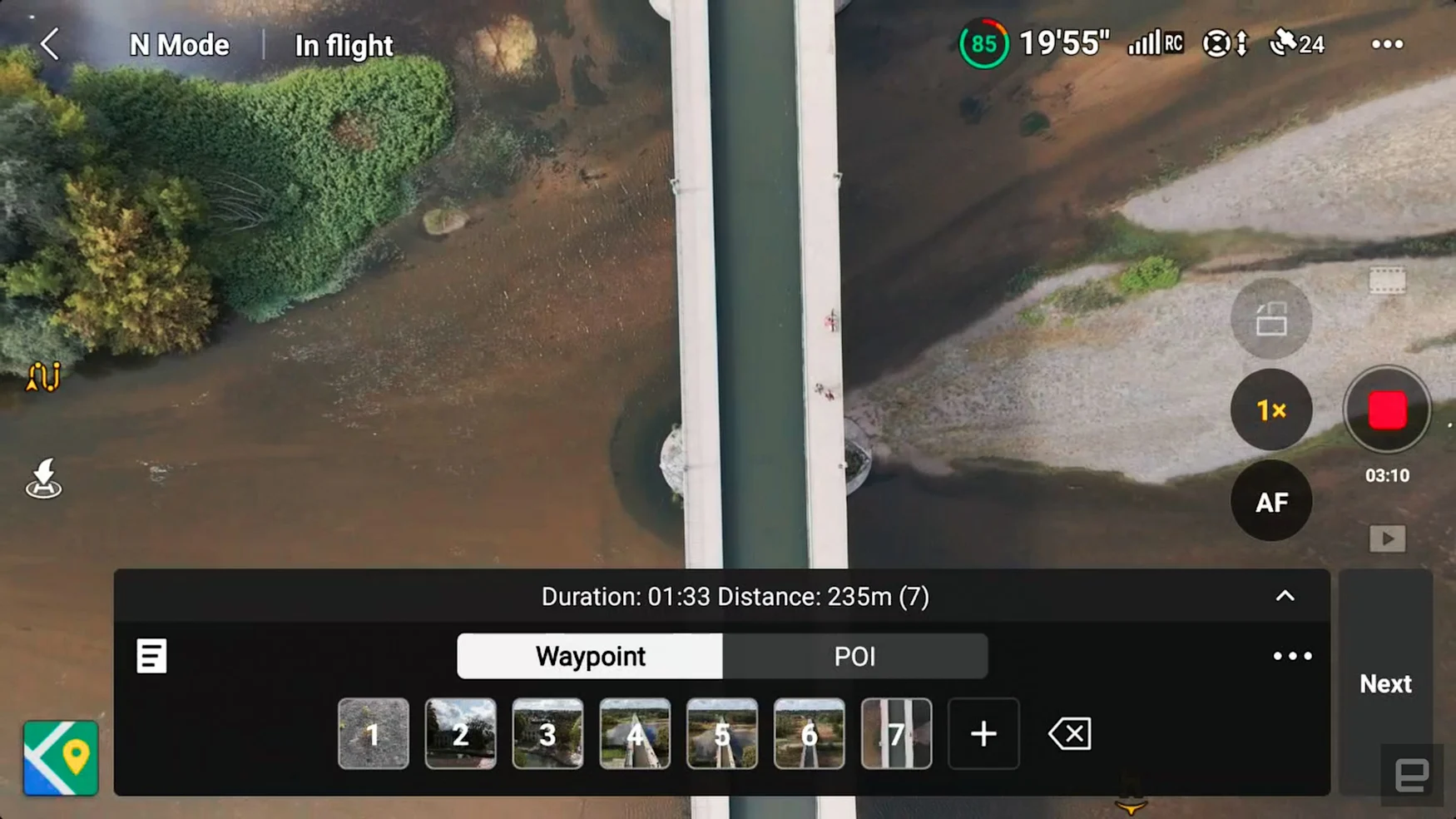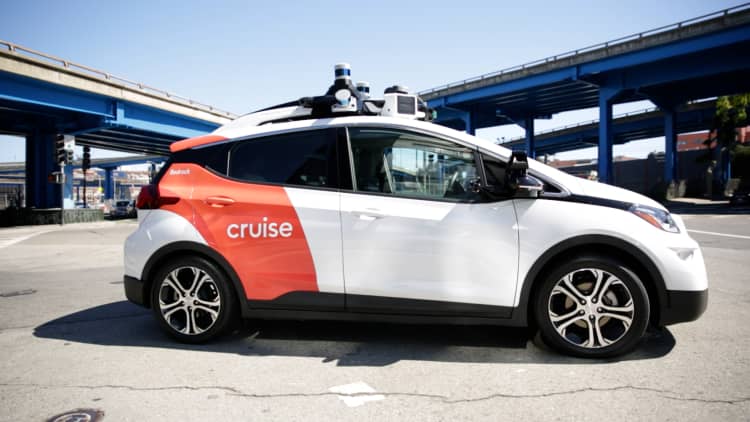Last year, DJI showed what was possible in a small drone with the Mini 3 Pro by fitting tons of technology and a high-quality camera into a sub-250 gram drone. Following that up was never going to be easy, but now (after numerous leaks) it’s unveiled the Mini 4 Pro with a long list of new features.
Aside from one improvement, the camera is largely the same. However, it has new omnidirectional obstacle sensors that eliminate the blind spots on the Mini 3 Pro. It also comes with a new feature called ActiveTrack 360 that lets you program camera moves when tracking a subject.
Pros
- Maneuverable
- Improved obstacle avoidance
- New ActiveTrack 360 feature is great
- Solid image quality
Cons
- Still far from crashproof
- A bit expensive
- Not the best for night scenes
Small drones are the best way to track fast-paced action, as they’re maneuverable and less prone to damage when crashing. With all the improvements, the Mini 4 Pro is better and safer at that than its predecessor — at least on paper. Now, let’s find out if it lives up to that in the real world.
Design
The Mini 4 Pro is still under 250 grams so it can be flown without a license or registration in many regions, but it has subtle design changes all around. The four forward- and rear-facing sensors are now placed so that they can see to the sides as well, and the body is a bit more streamlined. It has larger cooling vents, slightly smaller rear arms and new landing feet at the front. The camera/gimbal shield is smaller and easier to put on, and it has a new guard that protects the propellers when it’s stored.
As before, the gimbal tilts up 60 degrees and down 90, and the camera flips 90 degrees to give you full vertical resolution for social media. At the rear is a microSD port, and the Mini 4 Pro has 2GB of internal storage for emergencies.
The Mini 4 Pro comes with one of two controllers, the basic RC-N2 that requires a smartphone, and the RC2 with a built-in screen. Since it uses DJI’s new Ocusync 4 transmission, first introduced with the Air 3, it only works with the new controllers and not the older models — for now, anyway.
Gallery: DJI Mini 4 Pro review images | 34 Photos
Gallery: DJI Mini 4 Pro review images | 34 Photos
You can buy it with a $55 ND filter set for sunny days, which I’d recommend if you can afford it. DJI also offers a wide-angle 18mm equivalent lens attachment ($40), but it has significant barrel distortion and can cause focus issues.
The drone also supports DJI’s Lightcut, an editing app that lets you generate quick videos for social media. As DJI says, it allows “one tap generation of captivating videos by merging ActiveTrack, MasterShots, and QuickShots footage,” while automating sound effects and more. It also works wirelessly, so there’s no need to download footage to your smartphone.
Performance
Given its small size and maneuverability (and the same sensor as DJI’s Action 4), you can think of the Mini 4 Pro as a flying action camera. The light weight (and low price compared to, say, a Mavic 3 Pro) also makes crashes less consequential.
Maximum speed is a decently fast 35 MPH in sport mode, or 26 MPH in regular operation. It can handle winds up to 24 MPH, an impressive figure for a sub 250 gram drone. In operation, it can look like it’s being buffeted fairly hard by the wind, but you wouldn’t know it from the footage thanks to DJI’s gimbal and stabilization technology.

Steve Dent for Engadget
The Mini 3 Pro was effectively blind on the sides, but the Mini 4 Pro offers protection all around like the Mavic 3 Pro and Air 3 — thanks to four new omnidirectional sensors on top and two on bottom (along with a time-of-flight sensor). It also uses DJI’s APAS, which offers automatic braking and obstacle bypass for extra security.
If you’re spending $760+ on a drone, you may not want to test the obstacle detection limits. That’s my job, so I had it follow me while I walked and biked among trees and other potential snags. I did have a few crashes, but here’s what I learned on how to avoid them.
The sensors are visual, so they don’t work in dim light. And dense forest with fine branches is a no go — the omni sensors can miss those, but the propellers won’t. Finally, the Mini 4 Pro detects obstacles best when traveling forward, less so when going sideways, and worst of all when flying backwards.
It did work around well-spaced trees with thick branches and plenty of leaves, near buildings and generally around well-defined obstacles. It was able to maneuver around those, choose decent routes and reacquire subjects if they disappeared. That helped me capture some nice action footage, though one should always remain wary of accidents.

Steve Dent for Engadget
ActiveTrack 360 adds camera moves to the usual subject tracking to create dramatic shots. It looks confusing at first, but the idea is pretty simple. You use the so-called steering wheel to “draw” a route on concentric circles, and the drone will follow it, ducking any obstacles it encounters.
You can change parameters including the inner and outer radius, inner and outer height, camera speed and ground proximity. That makes it possible to get a wide variety of shots. The tricky part was figuring out which side the drone considered to be forward and backward — DJI should work on this to make things clearer.
If you plan carefully you can get some gorgeous, swooping ActiveTrack shots. The usual obstacle caveats apply, though, and it also adds complexity — because you have to figure out where the drone is going to be when you arrive at your end point. With all that, it’s best to practice in an open area before trying it in a complex environment.
Of course, the Mini 4 Pro still has DJI’s automatic modes aimed at social media users, like MasterShots, QuickShots and Panorama along with Hyperlapse. It even includes the Waypoint feature from the Mavic 3 Pro, which lets you pre-program complex drone moves and repeat them — a sophisticated feature for a small drone.

Steve Dent for Engadget
For the latter feature, you launch the drone and select the Waypoint function, fly to a spot of interest and set the correct camera angle. Once there, you tap “+” on the screen (or hit the C1 button the RC2 remote) to program a waypoint. Repeat that process through all your points of interest, and once you’re done, you can play back the sequence. The drone will smoothly fly to each point the same way each time, so you use it to show a scene during the day and then later at night, for instance.
The Mini 4 Pro uses Ocusync 4 transmission first seen on the Air 3 that sends 1080/60p video up to 20 km, compared to 1080/30p over 12 km with Ocusync 3. Those distances are lower here in Europe because of transmitter power rules.
In use, it provides a noticeable improvement in connectivity, with fewer dropouts and much greater range — even if the drone goes behind obstacles. The change is very noticeable here in Europe with smoother video and dropouts now very rare. It should be even better in the US, where you could send the Mini 4 Pro on a pretty long trip.

Steve Dent for Engadget
The standard 2,590 mAh Intelligent Flight Battery has a bit more capacity than the Mini 3 Pro’s 2,453 mAh cell, but range remains the same at 34 minutes. In real-world flying, we saw about 25 minutes before hearing the return-to-home warning, so plan accordingly.
If you have a Mini 3 Pro, its cells appear to be compatible with the new drone, so that’s a good thing if you already own that model. In the US, you can get the Plus batteries that provide up to 45 minutes of range, but local rules block their use in Europe.
The RC-2 first seen on the Air 3 is DJI’s third screen controller after the RC and the RC Pro. It’s significantly better than the RC, with a brighter screen, better feel and more precise controls. The other option is the non-screen RC-N2 (requiring a smartphone), which is similar to the RC-N1 model but with O4 compatibility.
Camera

Steve Dent for Engadget
The Mini 4 Pro’s camera has the same 1/1.3 dual ISO sensor as its predecessor, using an identical 24mm equivalent lens with a fixed f/1.7 aperture. That’s a pretty sizable sensor for such a small drone, just a bit smaller than the 1-inch sensor on the Mavic Air 2S.
The difference is that it now supports 4K slow-mo at up to 100 fps, or 1080p at 200 fps. The motion is embeded 30fps, but it’s still a nice feature for wildlife, crashing waves and more. That’s on top of 4K at up to 60fps and 1080p at 120fps. It has a two times digital zoom for 4K and four times at 1080p, with a slight loss in sharpness.
There’s also support for DJI’s D-LogM, which boosts dynamic range and gives you more flexibility in post. DJI has a LUT that makes it easy to convert it to regular video — but some editing is required for best results. You can also shoot in DJI’s HLG mode, which again boosts dynamic range. You can see the results right away on an HDR TV, but you’ll need to do an HLG to REC.709 color-space transform to use it with regular video. Both support 10-bit 4:2:0 capture for improved fidelity and reduced banding.
Credit: Source link









